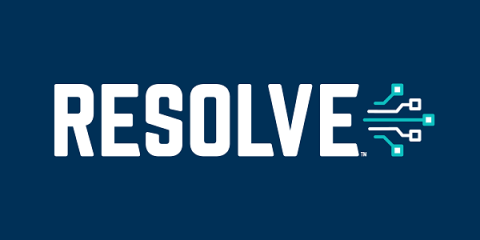Maximizing Automation ROI: The 8 Use Cases You Need to Know
When people hear the phrase “process automation in IT,” they first think of the purely technological benefits. These include automated incident resolution, meaningfully improved process orchestration, reduced ticket volumes, and more. The factor that should be just as top-of-mind, though, is something that’s vital to both your automation program’s longevity and your organization’s overall success: automation ROI.


